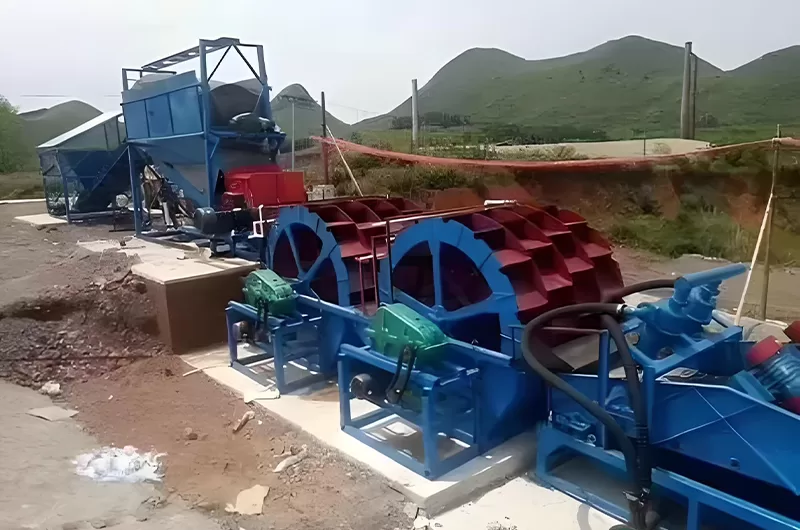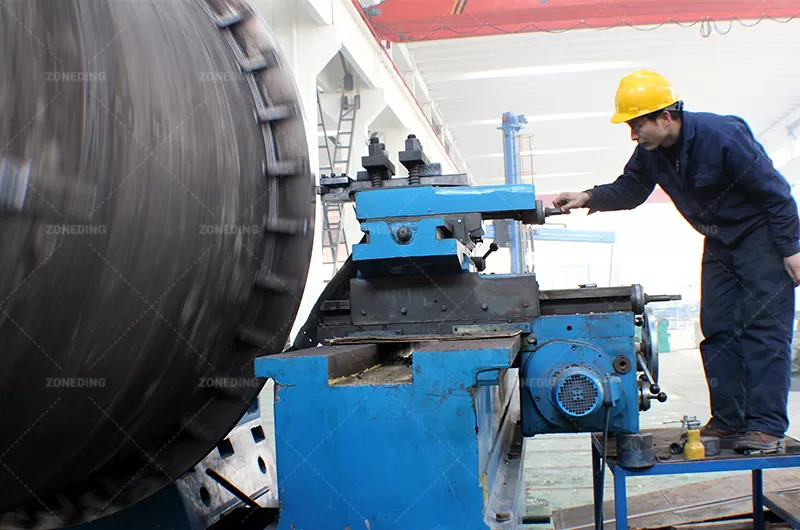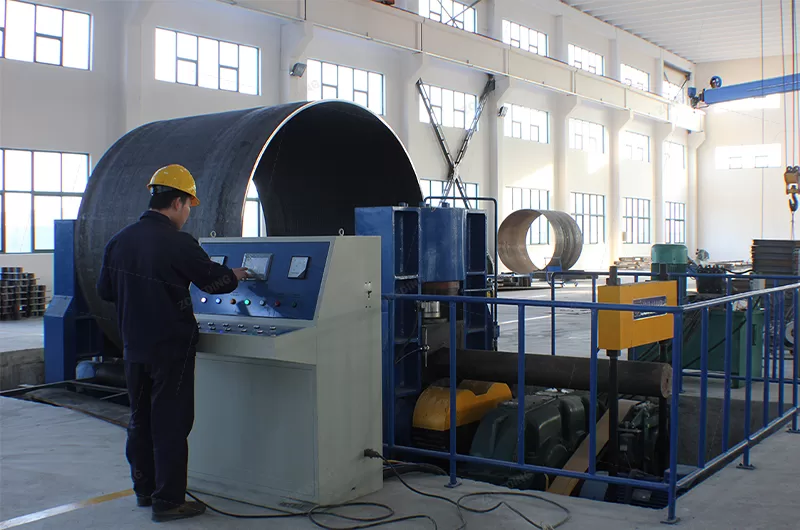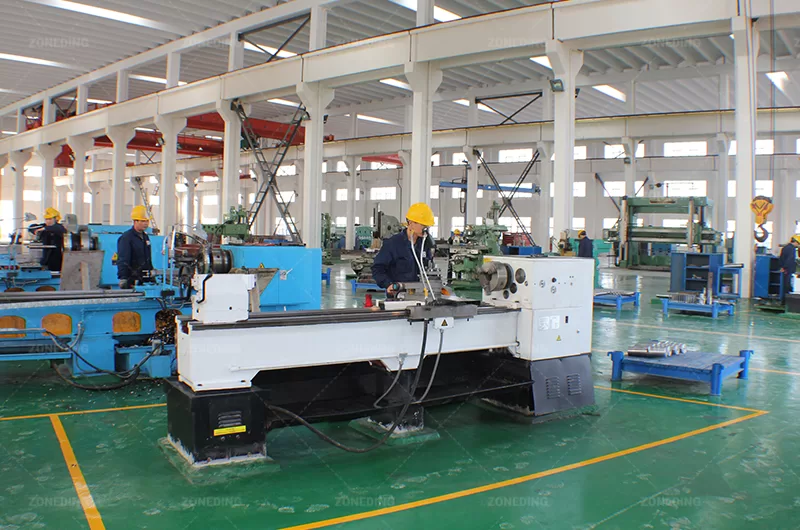全站搜索
Search the entire website
Search the entire website
Your sand washing plant is the heart of your aggregate business. When it runs well, it’s a profit-generating machine, turning low-value raw feed into premium, in-spec sand. But when it’s inefficient, it becomes a leaky bucket, draining your revenue through lost product, wasted resources, and costly downtime. An inefficient sand washing plant operation doesn’t just produce less; it actively costs you money every hour.
Are you losing valuable fine sand to your settling ponds? Are you constantly battling with inconsistent product quality? Do unexpected breakdowns bring your entire site to a halt? These are common but solvable problems. This guide provides 9 practical, expert-level tips that you can implement right away to boost your plant’s output, cut your operational costs, and maximize your profitability.
Efficiency isn’t just about moving material faster. In a sand washing plant operation, efficiency is a direct measure of profitability. Every percentage point of improvement in these areas goes straight to your bottom line:


An efficient plant is a predictable and profitable asset. An inefficient one is a constant financial drain.
To make things simple, we can group all efficiency improvements into three core areas. Mastering these pillars is the key to running a world-class operation.
Let’s dive into the 9 specific tips, organized by these three pillars.
The Problem: Fluctuating feed is the #1 enemy of efficiency. If you “surge” feed the plant, you overload the screens and washers. The material doesn’t get cleaned properly, and valuable sand is pushed out with the waste. If you “starve” the plant, you waste energy and water running equipment below capacity.
The Solution: Maintain a consistent, steady feed rate, matched to your plant’s designed capacity. This allows every machine in the circuit—from the screen to the washer to the dewaterer—to operate in its optimal performance window.
The Problem: Raw feed often contains oversized rocks, roots, or other junk. If this material gets into your sand washer or pumps, it can cause catastrophic damage, leading to blockages, pump failure, and expensive downtime.
The Solution: Use a robust scalping or pre-screen before your washing circuit. This screen acts as a gatekeeper, removing any oversized or unwanted material, protecting your downstream equipment.
The Problem: You can’t optimize a process if you don’t understand your starting material. The amount of clay, the particle size distribution (PSD), and the shape of the grains all have a massive impact on how your plant should be configured.
The Solution: Invest in a proper material analysis. Send a representative sample of your raw feed to a lab for testing. The report will tell you exactly what you’re dealing with.
The Problem: Water is the primary tool for washing, but using the wrong amount is highly inefficient. Too little water, and you won’t create an effective slurry to liberate the clay and silt. Too much water, and you increase pumping costs and risk washing fine sand away.
The Solution: Adjust the water volume entering your sand washer to achieve the ideal slurry density. For most sand washing applications, the target is around 25-35% solids by weight.
The Problem: The overflow water from a basic sand washer is not just “dirty water.” It’s a slurry full of valuable fine sand particles (typically 75-micron to 600-micron). Losing this material can reduce your total sellable tonnage by up to 25%.
The Solution: Install a fine sand recovery system, which typically uses a hydrocyclone. This device uses centrifugal force to recover over 90% of the usable fine sand from the wastewater and adds it back to your final product.
The Problem: A typical 100 TPH sand plant can use over 400 cubic meters of fresh water every hour. In areas where water is scarce or expensive, this is a major operational cost. Disposing of the silty wastewater is also an environmental challenge.
The Solution: Implement a water recycling system. This involves a thickener and sometimes a filter press to clean the water for reuse in the plant.
The Problem: “Run-to-failure” is the most expensive maintenance strategy. An unexpected breakdown stops production instantly and can cause a cascade of problems.
The Solution: Shift to a preventative maintenance mindset. Create a simple checklist of daily, weekly, and monthly tasks to catch small problems before they become big, expensive ones.
The Problem: A worn-out part (like a polyurethane screen panel or a pump liner) performs poorly long before it fails completely. Running with worn parts reduces efficiency and can damage other components. Waiting for a part to arrive can mean days of lost production.
The Solution: Regularly measure key wear parts and keep critical spares in stock. This allows you to schedule replacements during planned downtime rather than suffering an emergency shutdown.
The Problem: You might think you’re producing a great product, but is it what your customer actually needs? Failing to meet specifications can lead to rejected loads, penalties, and a damaged reputation.
The Solution: Implement a simple, routine quality control program. Test your final, washed sand at least once per day to ensure it consistently meets quality targets.
At ZONEDING, we don’t just sell machines; we provide engineered solutions for maximum efficiency. Since 2004, we have helped customers in over 120 countries optimize their operations.



We stand out because we offer a true, one-stop partnership. We manufacture the crushers, feeders, screens, washers, and water management systems in our own factory. Our 15-person engineering team analyzes your material and your goals to design an integrated plant where every component works in harmony. Our factory-direct model means you get this expertise and quality at a competitive price.
Let’s work together to make your sand washing plant operation a benchmark for efficiency.
Ready to plug the leaks in your profit bucket? Contact ZONEDING today for a free efficiency audit of your current operation or to design a new plant built for maximum profitability.
Choosing the right rock crusher is a major decision for your quarry or mining operation. The wrong choice can lead to wasted money, inefficient production, and lower profits. Jaw crushers and impact crushers are two of the most common types of cr...
View detailsYou see quartz every day, but you probably do not recognize it. It is in the glass of your phone screen and the windows of your house. It is even in the countertop in your kitchen. Raw quartz stone from the ground is not ready for these jobs. It ...
View detailsAre you trying to decide between a crusher and a feeder breaker for your operation? You are not alone. This choice is fundamental to your site's productivity and profitability. The core difference is simple: crushers are designed to break hard, a...
View detailsAre you watching your project's profits get hauled away in dump trucks? For construction companies, quarry owners, and mining operators, the cost of managing rock can be a huge financial burden. You might be paying a fortune to dispose of excavat...
View details